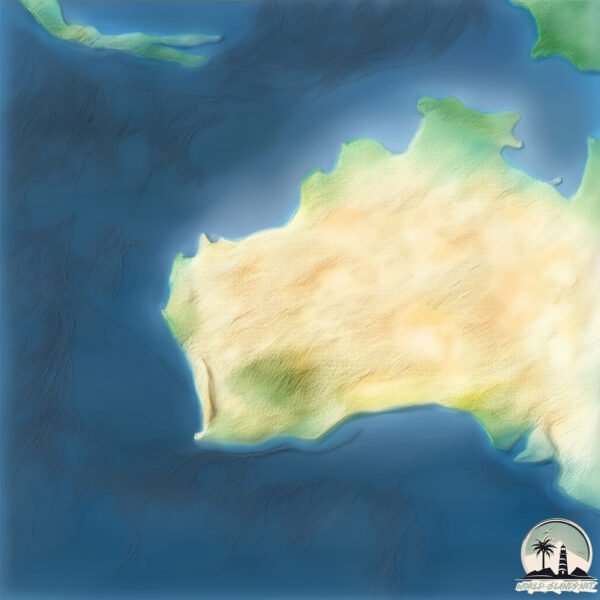Eclipse

Welcome to Eclipse, a Tropical island in the Indian Ocean, part of the majestic Indian Ocean. This guide offers a comprehensive overview of what makes Eclipse unique – from its geography and climate to its population, infrastructure, and beyond. Dive into the details:
- Geography and Size: Explore the island’s size and location.
- Climate and Weather: Weather patterns and temperature.
- Topography and Nature: Uncover the natural wonders of the island.
- Infrastructure and Travelling: Insights on reaching, staying, and making the most of your visit.
- News and Headlines: Latest News.
Geography and size of Eclipse
Size: 3.601 km²
Coastline: 9.1 km
Ocean: Indian Ocean
Sea: Indian Ocean
Continent: Oceania
Eclipse is a Small Island spanning 3.6 km² with a coastline of 9.1 km.
Archipel: –
Tectonic Plate: Australia – A major tectonic plate covering Australia, New Zealand, and parts of the Indian and Pacific Oceans, known for its relative stability and occasional seismic activity.
The geographic heart of the island is pinpointed at these coordinates:
Latitude: -19.53256673 / Longitude: 124.08285996
Climate and weather of Eclipse
Climate Zone: Tropical
Climate Details: Tropical Savanna, Wet
Temperature: Hot
Climate Characteristics: Defined by distinct wet and dry seasons with high temperatures year-round. Pronounced rainfall occurs during the wet season, while the dry season is marked by drought.
Topography and nature of Eclipse
Timezone: UTC+08:00
Timezone places: Australia/Perth
Max. Elevation: 31 m
Mean Elevation: 11 m
Vegetation: Evergreen Needleleaf Forest
Tree Coverage: 72%
The mean elevation is 11 m. The highest elevation on the island reaches approximately 31 meters above sea level. The island is characterized by Plains: Flat, low-lying lands characterized by a maximum elevation of up to 200 meters. On islands, plains are typically coastal lowlands or central flat areas.
Dominating Vegetation: Evergreen Needleleaf Forest
Dominated by evergreen coniferous trees such as pines and firs, which retain their needle-like leaves throughout the year. These forests are often found in cooler climates. Eclipse has a tree cover of 72 %.
Vegetation: 6 vegetation zones – Very Highly Diverse Island
Islands in this range are ecological powerhouses, showcasing a wide array of vegetation zones. Each zone, from lush rainforests to arid scrublands, coastal mangroves to mountainous regions, contributes to a complex and interdependent ecosystem. These islands are often hotspots of biodiversity, supporting numerous species and intricate ecological processes.
Infrastructure and Travelling to Eclipse
Does the island have a public airport? no.
There is no public and scheduled airport on Eclipse. The nearest airport is Albany Airport, located 27 km away.
Does the island have a major port? no.
There are no major ports on Eclipse. The closest major port is ALBANY, approximately 16 km away.
The mean population of Eclipse is 2 per km². Eclipse is Gently Populated. The island belongs to Australia.
Continuing your journey, Sir Graham Moore is the next notable island, situated merely km away.
Eclipse Island | Full Song



Australia is classified as Developed region: nonG7: Developed economies outside of the Group of Seven, characterized by high income and advanced economic structures. The level of income is High income: OECD.
News – Latest Updates and Headlines from Eclipse
Stay informed with the most recent news and important headlines from Eclipse. Here’s a roundup of the latest developments.
Please note: The data used here has been primarily extracted from satellite readings. Deviations from exact values may occur, particularly regarding the height of elevations and population density. Land area and coastline measurements refer to average values at mean high tide.
